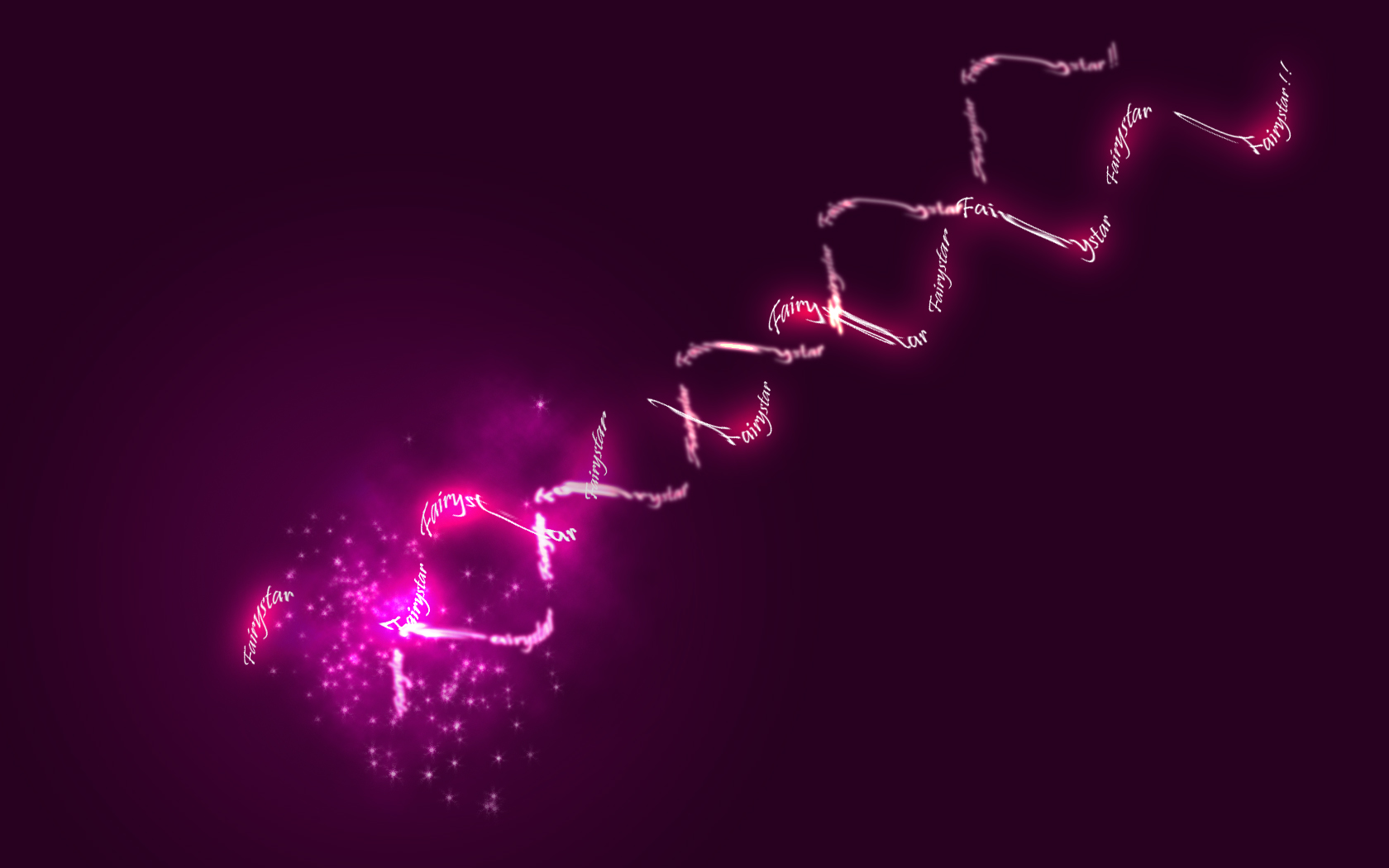We reach more than 65,000 registered users in Dec!! Register Now

Scientists said to get DNA-like molecule to assemble itself
- April 21, 2014
- 994 Views
- 0 Likes
- 0 Comment
Chemists say they have found a way to make a DNA-like mol≠e≠cule as≠sem≠ble it≠self in a pond-like set≠ting-po≠ten≠tially sug≠gest≠ing a key step in how life orig≠i≠nat≠ed. The re≠search≠ers ac≠tu≠ally worked with a sim≠pler mol≠e≠cule, called pre-RNA. It's hy≠poth≠e≠sized to have even≠tu≠ally evolved in≠to DNA-one stop≠ping point along the way hav≠ing been ...
Chemists say they have found a way to make a DNA-like mol≠e¬≠cule as¬≠sem¬≠ble it¬≠self in a pond-like set¬≠ting-po¬≠ten¬≠tially sug¬≠gest¬≠ing a key step in how life orig¬≠i¬≠nat¬≠ed.
The re­search­ers ac­tu­ally worked with a sim­pler mol­e­cule, called pre-RNA. It's hy­poth­e­sized to have even­tu­ally evolved in­to DNA-one stop­ping point along the way hav­ing been the crea­t­ion of a third sub­stance, RNA, still used in the body to trans­late the code in­scribed in DNA.
Sci­en­tists had long strug­gled to show how even pre-RNA, the eas­i­est to build of the three mol­e­cules, might have self-as­sem­bled. To­day they don't need to-they are cop­ied us­ing pre-existing cel­lu­lar machin­ery-but the first ones pre­sumably had no such help.
The study dem¬≠on¬≠strat¬≠ed a chem¬≠i¬≠cal re¬≠ac¬≠tion ‚Äúthat we see as im¬≠por¬≠tant for the forma¬≠t¬≠ion of the ear¬≠li¬≠est RNA-like mol¬≠e¬≠cules,‚ÄĚ said one of the re¬≠search¬≠ers, bio¬≠chem¬≠ist Nich¬≠o¬≠las Hud, who di¬≠rects the Cen¬≠ter for Chem¬≠i¬≠cal Ev¬≠o¬≠lu¬≠tion at the Geor¬≠gia In¬≠sti¬≠tute of Tech¬≠nol¬≠o¬≠gy. The study was pub¬≠lished Dec. 14 on¬≠line in the¬†Jour¬≠nal of the Amer¬≠i¬≠can Chem¬≠i¬≠cal So¬≠ci¬≠e¬≠ty.
![A-DNA,_B-DNA_and_Z-DNA[1]](http://machprinciple.com/wp-content/uploads/2014/04/A-DNA_B-DNA_and_Z-DNA1-1024x667.png)
RNA or pre-RNA con­sist of three chem­i­cals. Two are ri­bose and phos­phate. The third is called a base, but there are a few pos­si­ble bas­es. The three com­po­nents, in any event, link to­geth­er to form just one un­it of the mol­e­cule. The whole mol­e­cule con­sists of many of these un­its. This al­lows it to store in­forma­t­ion, em­bed­ded in the spe­cif­ic se­quence of bas­es. DNA is si­m­i­lar to the oth­er two mol­e­cules, though it's double-stranded, like a lad­der-good for its sta­bil­ity-whereas the oth­er mol­e­cules are single-stranded, like lad­ders cut down the mid­dle.
Hud's team in­ves­t­i­gated bas­es chem­ic­ally re­lat­ed to those of mod­ern RNA, but that might be able to spon­ta­ne­ously bond with ri­bose and as­sem­ble with oth­er bas­es. They fo­cused on a mol­e­cule called tri­am­in­opy­rim­i­dine, or TAP, which they mixed with ri­bose un­der con­di­tions meant to mim­ic a dry­ing pond on early Earth.
TAP and ri¬≠bose re¬≠acted to¬≠geth¬≠er with up to 80 per¬≠cent of TAP be¬≠ing con¬≠vert¬≠ed in¬≠to nu¬≠cle¬≠o¬≠sides, the un¬≠its of RNA, the sci¬≠en¬≠tists re¬≠ported. ‚ÄúThis study is im¬≠por¬≠tant in show¬≠ing a fea¬≠si¬≠ble step for how we get the start of an RNA-like mol¬≠e¬≠cule,‚ÄĚ and al¬≠so how the build¬≠ing blocks ‚Äúcould have found each oth¬≠er and self-as¬≠sem¬≠bled in what would have been a very com¬≠plex mix¬≠ture of chem¬≠i¬≠cals,‚ÄĚ Hud said.
![dna-wallpaper-high-resolution[1]](http://machprinciple.com/wp-content/uploads/2014/04/dna-wallpaper-high-resolution1-1024x640.jpg)
Source: http://www.world-science.net









